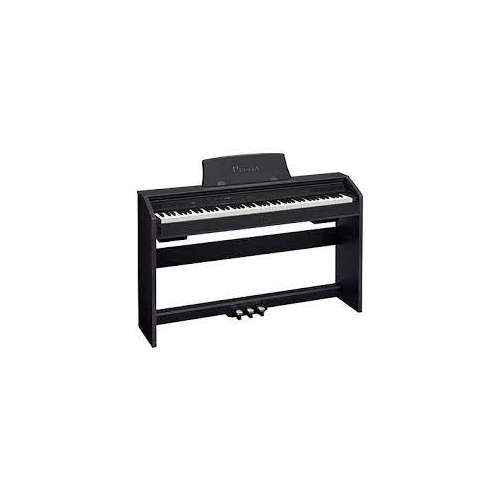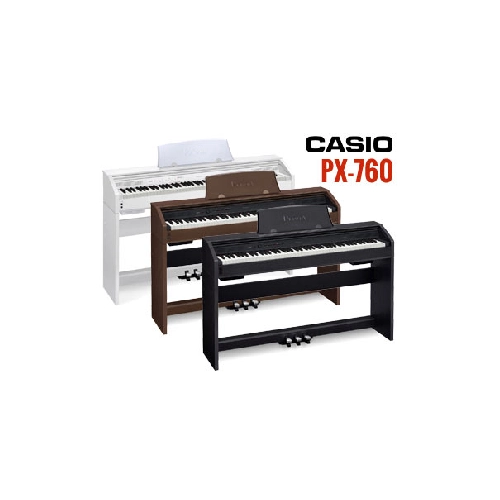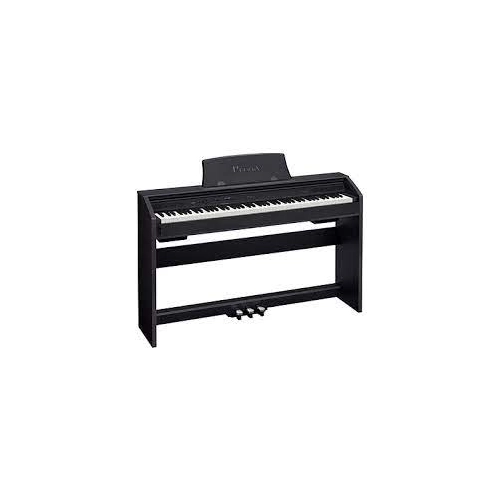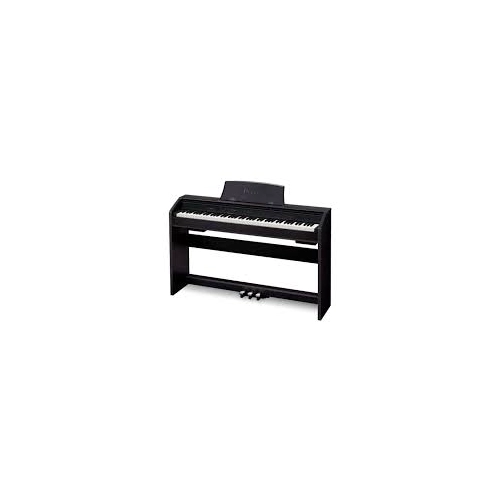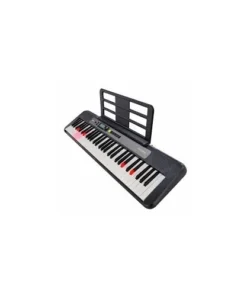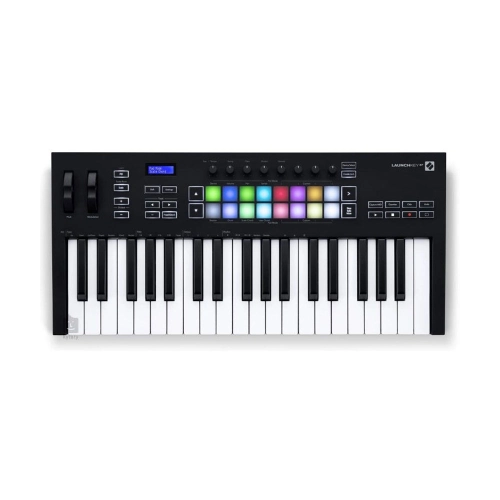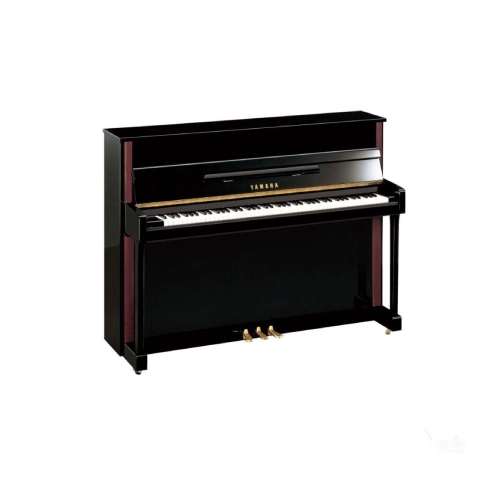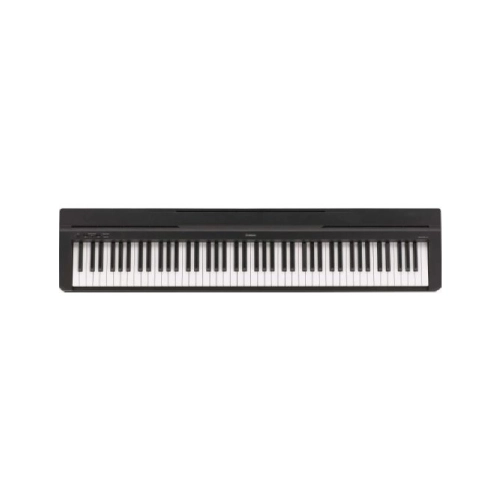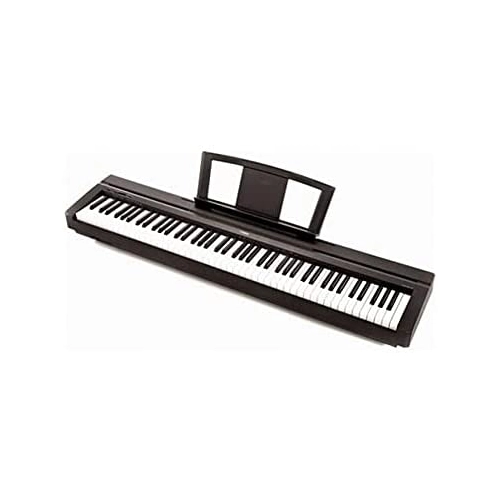Casio Privia PX-760 Electric piano
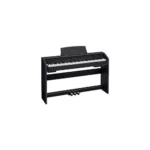



Casio Privia PX-760 Electric piano
18 high-quality tones including stereo-sampled grand piano tones
Digital effects: reverb (4 types), chorus (4 types), brilliance, DSP (preset for some tones)
Lesson feature using 60 Music Library songs plus 10 user loaded songs
Two GRAND PIANO buttons and an ELEC PIANO button for instant access
Recorder: 2 tracks x 1 song, approximately 5,000 notes
USB flash drive port
AUTO POWER OFF
Sound Technology
Unprecedented Natural Reproduction of the Rich Expressive Power and Resonance of an Acoustic Piano
Multi-dimensional Morphing AiR Sound Source
The characteristics of CASIO’s newly developed Multi-dimensional Morphing AiR * Sound Source reflect thorough attention to detail in expressing the rich, resonating tones inherent to the piano. The capacity of the installed memory has been expanded to achieve a longer sampling duration and enhanced waveform data quality. The temporal changes in tone that create sound you would expect only from a piano, beginning with the initial sound and leading into a beautiful extension until the sound eventually vanishes, are reproduced naturally. learn more
- * AiR = Acoustic and Intelligent Resonator
Keyboard System
Natural Playing Feel Approaching That of a Grand Piano Firm Touch That Converts the Player’s Thoughts into Sound
Tri-sensor Scaled Hammer Action Keyboard II, with a grand piano’s unique sounding timing
The difference between the sound structures of a grand piano and a digital piano appears as a difference in timing, from the moment the instrument is played until the sound is audible. The new Tri-sensor Scaled Hammer Action Keyboard II responds by incorporating a system with three sensors that detect touches of the keys sequentially. learn more
Simulated ebony and ivory keys with optimal fingertip fit for playing ease
The Simulated ebony and ivory keys offers the luxurious feel and texture as well as the smooth touch of a grand piano keyboard. The minutely detailed crimp surface finish inhibits finger slippage due to sweat and gives the sensation of a perfect fingertip fit, even when playing for extended periods.
An unprecedented evolution of the digital piano
Damper Resonance *1 achieving a more naturally beautiful resonance than a pedal
The deep, beautiful resonance resulting from the use of a damper pedal is also reproduced naturally by a stereo resonance simulator installed on all 88 keys, an approach that differs from conventional simulated reproduction employing effect processing. The attention to detail goes so far as to simulate the resonance created by the lifting of the dampers themselves when the pedal is pressed. A continuously variable system *2 has been adopted for the damper pedal, moreover, reproducing even the subtle changes in reverberation that occur in response to the delicate pressure exerted by partial pedal operation. This enables players to employ pedal operation to achieve gracefully expressive performances.

